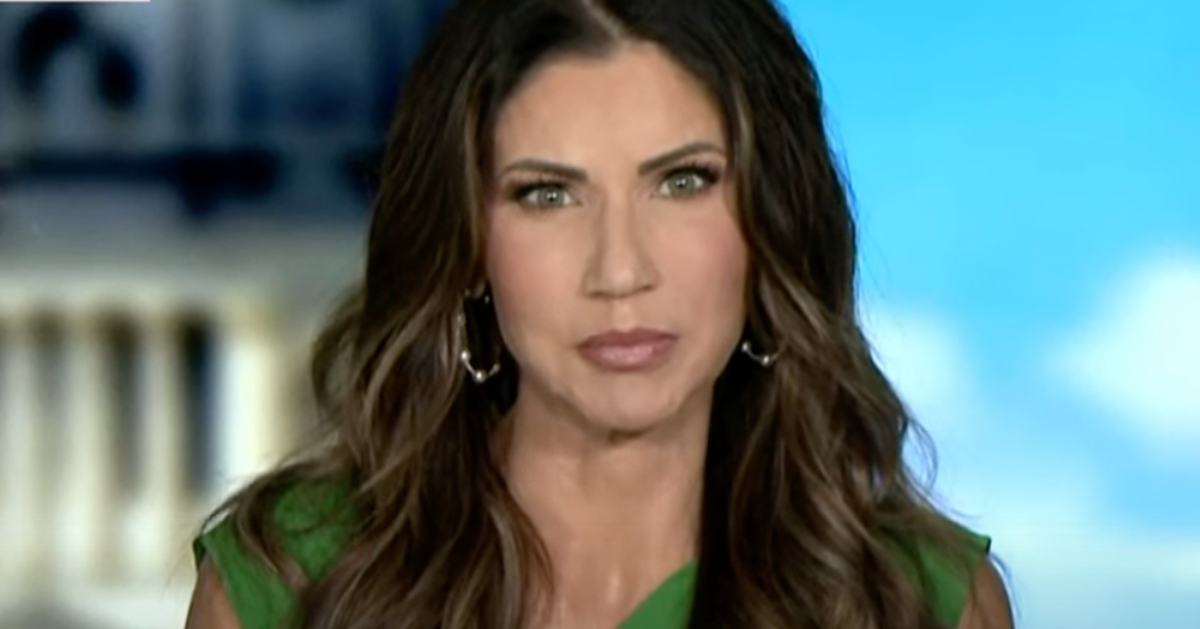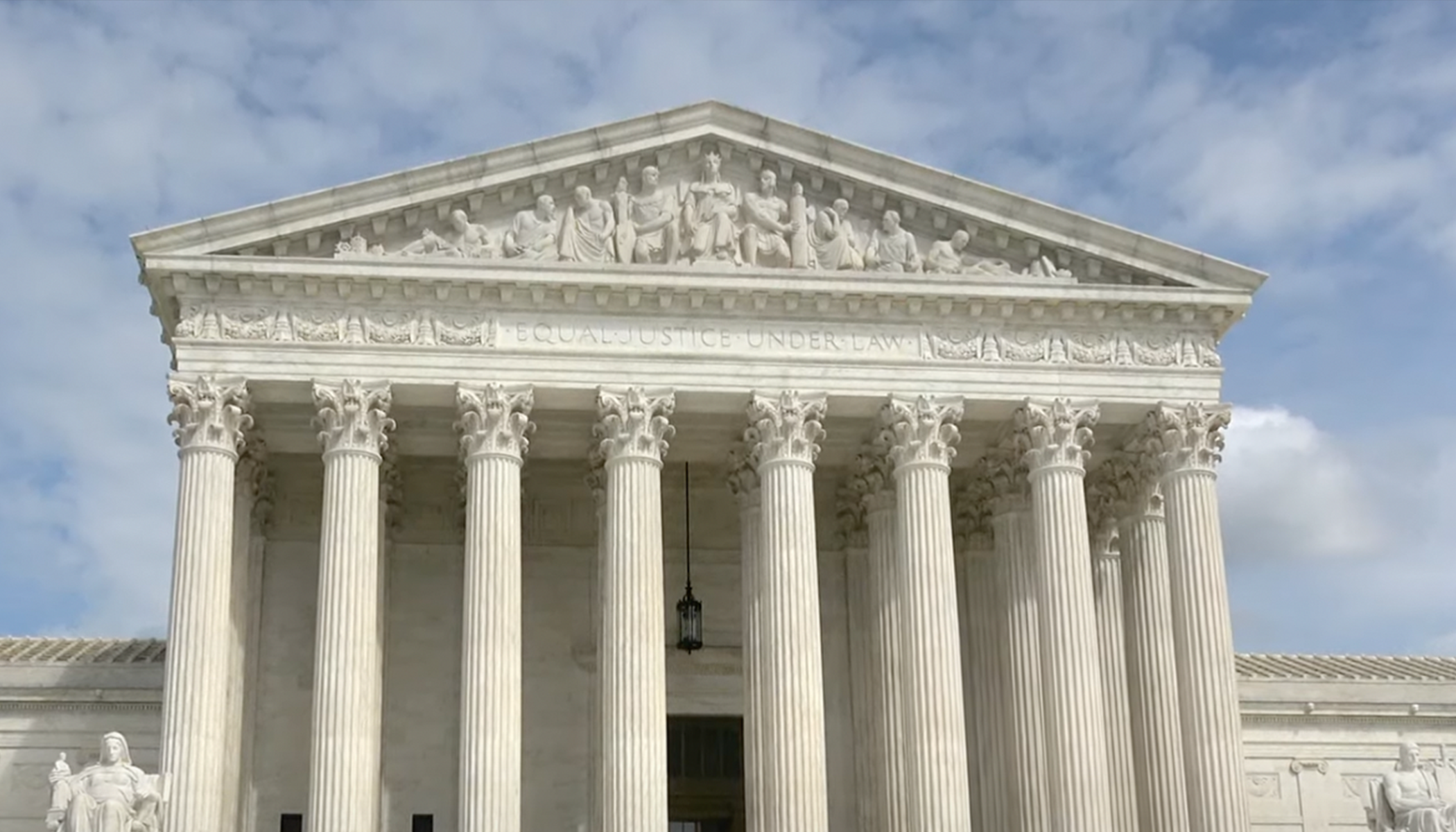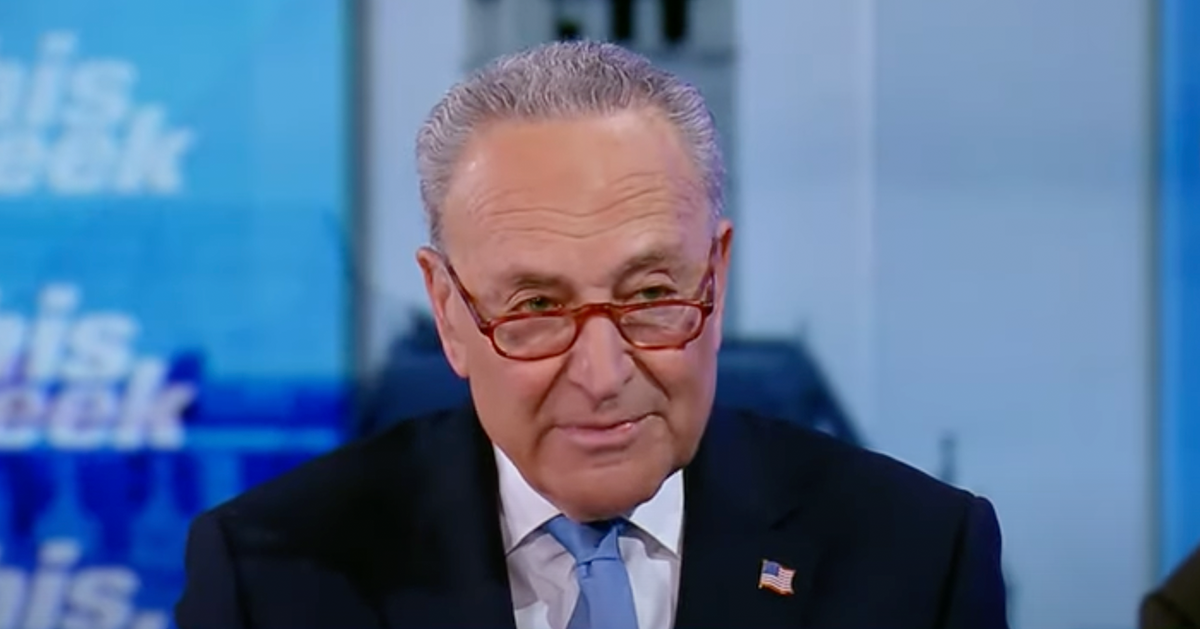Trump administration partially funds SNAP amid shutdown court rulings
Brace yourselves, patriots -- SNAP benefits are getting a lifeline, but it’s not the full feast many hoped for. The Trump administration announced on Monday that it will partially fund the Supplemental Nutrition Assistance Program (SNAP) after federal judges slapped down attempts to freeze payments during the government shutdown, as Newsmax reports. This move, while a relief for some, leaves millions wondering when -- or if -- their grocery cards will reload.
Here’s the quick rundown: after plans to halt SNAP payments due to the shutdown, court rulings forced the administration to tap contingency funds, though delays and reduced benefits loom for November.
Let’s rewind to October, when the U.S. Department of Agriculture (USDA) dropped a bombshell that November SNAP benefits -- vital for nearly 42 million Americans, including two-thirds families with children -- wouldn’t be paid out. Costing about $8 billion monthly, this program is a cornerstone of the nation’s safety net, offering an average of $190 per person. The shutdown’s budget crunch had folks scrambling, with food banks and state governments stepping in to patch the gaps.
Judicial Rulings Force SNAP Funding Action
States weren’t about to let families starve without a fight. From Democrat-led lawsuits by 25 state attorneys general, the District of Columbia, cities, and nonprofits, to innovative state funding for benefit cards, the pushback was fierce. Many states even boosted food bank aid or found ways to reload SNAP cards with taxpayer dollars.
Enter the judiciary, wielding gavels of justice. On Friday, federal judges in Massachusetts and Rhode Island -- Indira Talwani and John J. McConnell Jr., respectively -- ruled that the government must use a $5 billion contingency fund to keep SNAP afloat, at least partially. Judge Talwani called the suspension of benefits outright unlawful, ordering the USDA to pay up.
Judge McConnell didn’t hold back either, insisting that existing work requirement waivers for vulnerable groups like older adults and veterans must stand during the shutdown. He also laid out a tight timeline for the feds to act. It’s a rare win against bureaucratic overreach, though the partial funding decision still stings.
Trump Responds to SNAP Crisis Pressure
Speaking of timelines, President Trump jumped into the fray on social media last Friday. “NOT want Americans to go hungry just because the Radical Democrats refuse to do the right thing and REOPEN THE GOVERNMENT,” he posted, signaling his intent to push government lawyers to prep SNAP payments ASAP. While his heart seems in the right place, let’s be real -- partial funding isn’t the full-course meal on which 42 million rely.
Judge McConnell clarified the deadlines in his ruling: full funding meant payments by Monday, while a partial plan with recalculated benefits pushed the cutoff to Wednesday. “If the government chose full funding, it would need to make payments Monday,” McConnell stated in Providence, Rhode Island. Yet here we are, stuck with the half-measure option, leaving families in limbo.
That limbo is real for SNAP recipients, especially with November benefits typically loaded early in the month. Now, delays are guaranteed -- some states like Delaware warn benefits won’t hit until at least November 7, while Rhode Island offered a measly quarter of usual benefits to some over the weekend. The loading process, tangled up with federal, state, and vendor red tape, could take up to two weeks in certain areas.
Uncertainty Looms for SNAP Beneficiaries
The uncertainty is the real gut punch. No one knows exactly how much money will land on SNAP debit cards or when it’ll show up. For a program serving 1 in 8 Americans, often below the poverty line -- think $32,000 a year for a family of four -- this isn’t just inconvenient; it’s a crisis.
Advocates and beneficiaries aren’t mincing words about the stakes. They warn that slashing food aid forces impossible choices -- groceries or bills? It’s a question no hardworking family should face, especially when a $5 billion contingency fund sits ready, and Democrats claim another $23 billion could be tapped.
Let’s not kid ourselves -- partial funding is better than nothing, but it’s a Band-Aid on a gaping wound. The USDA initially balked at using contingency funds, only to be strong-armed by the courts. While it’s tempting to blame the shutdown on progressive stalling, the reality is families caught in the crossfire don’t care about political games; they just want to eat.
States Step Up Amid Federal Delays
States are doing what they can to fill the void. From expedited food bank funding to creative card-loading solutions, local leaders are stepping up where federal gridlock fails. Rhode Island’s partial payout to some TANF recipients last Saturday is a small but telling example of patchwork efforts.
Still, the big picture remains murky. With the average SNAP benefit already a modest $190 per person, any cut or delay hits hard -- especially for the two-thirds of recipients who are families with kids. This isn’t about handouts; it’s about ensuring basic needs in a system that too often prioritizes politics over people.
So, where does this leave us? The Trump administration’s partial funding of SNAP is a step forward, but it’s not the decisive action many prayed for amid judicial rulings and shutdown chaos. Here’s hoping the next move prioritizes full plates over half-measures -- because no American should go hungry while Washington bickers.





